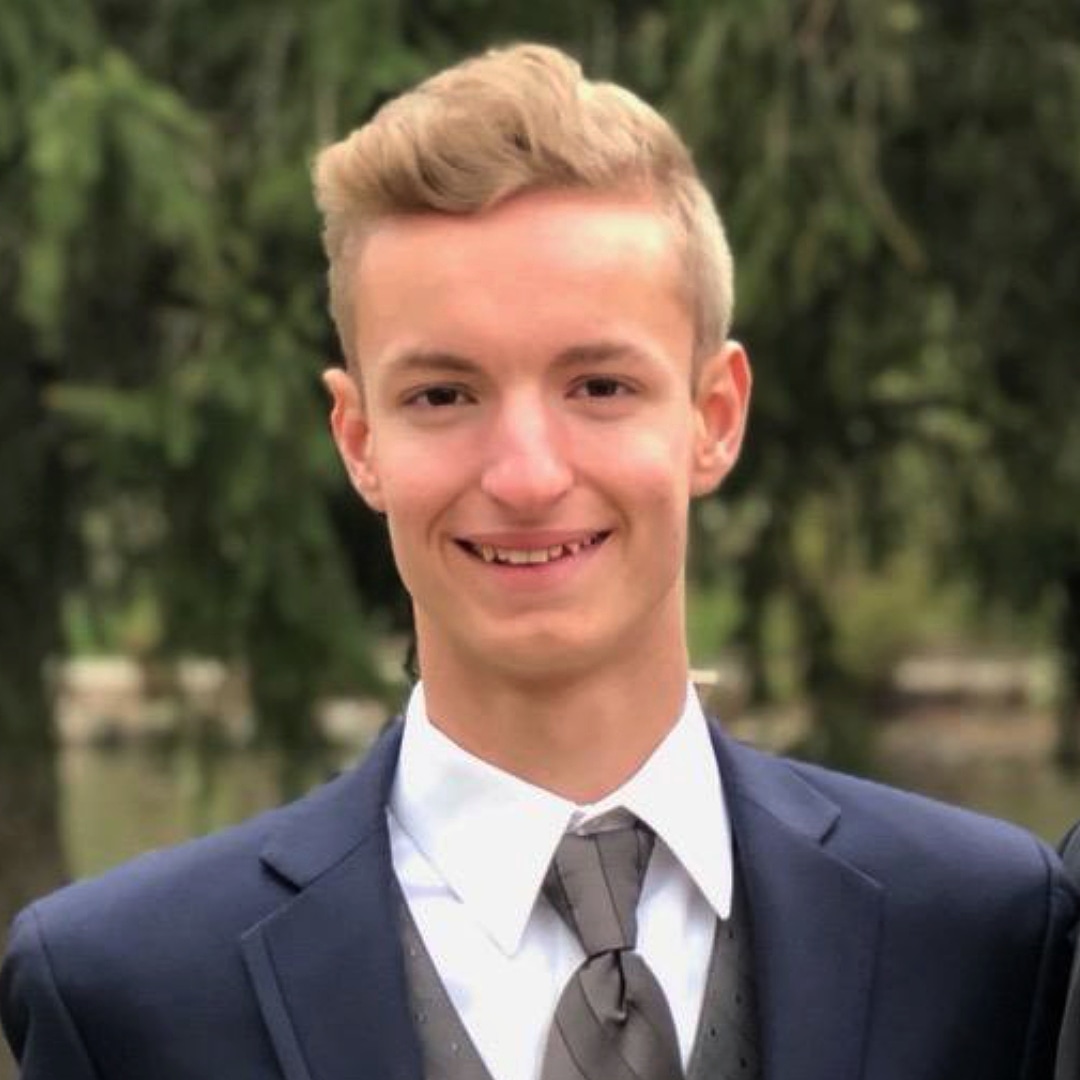Celebration of Scholars
Multi-Point Mapping of Thunderstorm Electrical Structure
 Name:
Henry Meyer
Name:
Henry Meyer
Major: Physics
Hometown: Roselle, IL
Faculty Sponsor:
Other Sponsors:
Type of research: SURE
Funding: SURE, WSGC
 Name:
Brant Carlson
Name:
Brant Carlson
Department: Natural Science
Type of research: SURE
Funding: SURE, WSGC
 Name:
Cameron Fischer
Name:
Cameron Fischer
Major: Physics
Hometown: Streamwood, IL
Faculty Sponsor:
Other Sponsors:
Type of research: SURE
Funding: SURE, WSGC
 Name:
Garrett Shuldes
Name:
Garrett Shuldes
Major: Physics
Hometown: Willmar, MN
Faculty Sponsor:
Other Sponsors:
Type of research: SURE
Funding: SURE, WSGC
Abstract
Multi-Point Mapping of Thunderstorm Electrical Structure
Submit date: Feb. 26, 2021, 6:20 p.m.
